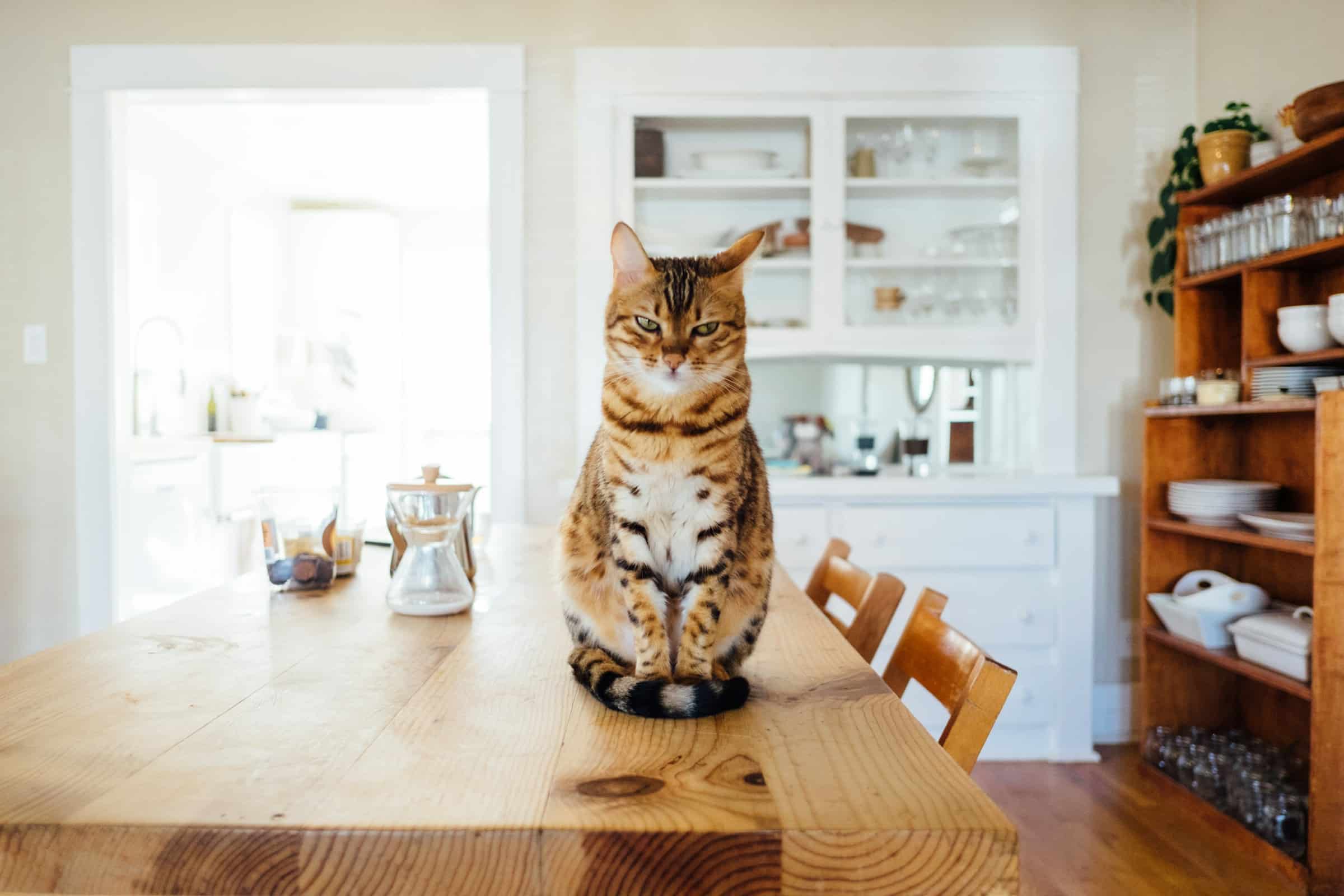Can you effectively train a Great Dane to live peacefully with cats in a multi-pet household?

When you have a multi-pet household, keeping the peace and fostering a good relationship between all pets can sometimes be a bit of a challenge - especially when you're trying to achieve harmony between a cat and a dog. The Great Dane, renowned for its size, strength, and elegance, may seem at first glance to be a particularly difficult breed to integrate into a household with cats. However, with a good understanding of the breeds' behavior, time, patience, and the right training techniques, it is entirely possible to ensure a harmonious living environment for both your dogs and cats.
Understanding the Behavior of Great Danes and Cats
Before you take the first step in training your pets to live together peacefully, it's essential to understand their respective behaviors. By gaining insight into the inherent tendencies of both cats and dogs, specifically Great Danes, you will be better equipped to manage their interactions and mitigate any potential conflicts.
En parallèle : How do you prepare a suitable habitat for a pet iguana in a temperate British climate?
Great Danes, despite their imposing stature, are known for their gentle, friendly, and patient demeanor. They are generally good with children and other pets, although their interaction with smaller animals may require supervision due to their size.
On the other hand, cats are notoriously independent creatures. They can be wary of other animals, especially dogs. However, they can also form strong bonds with dogs when they feel comfortable, safe, and not threatened.
Avez-vous vu cela : What are the legal and ethical considerations for rehabilitating a wild rabbit in the UK?
It's essential to remember that the willingness of a Great Dane to live peacefully with a cat will depend significantly on their individual temperament, their previous experiences with other animals, and the behavior of the cat itself.
Patience and Gradual Introduction: Essential Steps for Success
When introducing a Great Dane to a cat, patience is definitely a virtue. It's a process that requires gradual steps to help both animals get accustomed to one another's presence.
Start by allowing the animals to sniff each other's bedding or toys to familiarize themselves with each other's scent. This step can help pets feel more comfortable when they finally meet face-to-face.
Next, start by presenting the animals to each other from a safe distance, ideally with a barrier in between. This will allow them to observe each other without any direct interaction. Keep these observations sessions short and gradually increase the time they spend in each other's company.
Observe their behavior closely during these encounters. If either animal displays signs of stress or aggression, it's an indication that you need to slow down the process.
The Role of Training in Ensuring Peaceful Co-existence
Training plays a crucial role in fostering a peaceful co-existence between your Great Dane and your cat. Both animals need to learn the rules of engagement, and the dog, in particular, should be trained to respond to commands promptly.
Commands like "sit," "stay," and "leave it" can be instrumental when managing interactions between your pets. These commands will help you control your dog's behavior when they become overly excited or show signs of aggression.
Remember that the use of positive reinforcement, like treats and praises, is the most effective approach to training. Reward both your dog and cat for good behavior to ensure they associate these positive experiences with each other's presence.
Addressing Food and Space Issues
Food and space are common sources of conflict in multi-pet households. It's essential to create a balanced living environment that respects the individual needs of both your pets.
Each pet should have their own feeding and water bowls, placed at a comfortable distance from each other. This will help avoid food-related tension. Similarly, each pet should have their own designated sleeping area.
Cats, particularly, need their own private space where they can retreat if they feel threatened. Ensure your cat has access to high points in the house where they can observe the dog from a safe distance.
In conclusion, while it may require a dedicated effort and patience, it's entirely possible to train a Great Dane to live peacefully with cats in a multi-pet household. Remember, understanding the behavior of your pets, employing gradual introduction techniques, implementing effective training practices, and addressing food and space issues are key strategies to achieve this goal.
The Importance of Professional Dog Training in Achieving Harmony
Professional dog training can play a crucial role in achieving harmony in a multi-pet household. As Great Danes are larger and more powerful than cats, it's important for the dog to be reliably obedient to avoid any potential harm.
A professional dog trainer can help teach your Great Dane commands that are crucial for peaceful coexistence with cats. Beyond the basic commands like "sit" and "stay," there are other instructions that can significantly help manage a multi-pet household. For example, "leave it" could be a lifesaver if your Great Dane becomes overly interested in your cat, or if a cat decides to dart off, triggering a chase reflex in your dog.
Dog sports, such as agility training, can also be beneficial. These activities help to burn off your Great Dane's excess energy, which can otherwise be directed towards the cat. A tired dog is a good dog, and a good dog is much more likely to live peacefully with a cat.
Ensure to use dog treats as a form of positive reinforcement during these training sessions. Rewarding good behavior encourages the dog to repeat the actions, strengthening the training's effectiveness. On the other hand, the cat should also be rewarded for interacting calmly with the dog to reinforce the idea that the dog's presence equates to positive experiences.
Providing Proper Care and Attention to Each Pet
Maintaining harmony in a multi-pet household requires providing adequate care and attention to each pet. Lack of attention can lead to behavioral problems, making it harder for the pets to live together peacefully.
Regular veterinary check-ups are crucial to ensure that each pet is healthy. Illness can cause pets to become irritable and less tolerant of each other. Feeding your pets a balanced diet can also keep them healthy and less likely to become aggressive.
Great Danes, despite their size, are known to be quite sensitive. They thrive on attention and affection from their owners. Spending quality time with your Great Dane can help them feel secure and less likely to view the cat as a threat.
Similarly, cats also need their own time and attention. Regular play sessions can help satisfy their natural hunting instincts and lessen their interest in irritating the dog.
Conclusion
In essence, it is entirely feasible to train a Great Dane to live peacefully with cats in a multi-pet household. Key strategies include understanding each pet's behavior, ensuring gradual introductions, providing professional dog training, and giving equal care and attention to each pet.
While this process may require significant time and patience, the rewards are worth it. Imagine the sight of your Great Dane and your adult cat curled up together on a lazy afternoon, or the joy of witnessing playful interactions that were once impossible.
Remember, every pet is unique. What works for one may not work for another. It's essential to remain flexible, patient, and attentive to the needs of each pet. With the right mindset and strategies, harmony in a multi-pet household with a Great Dane and cats can be more than just a dream.
